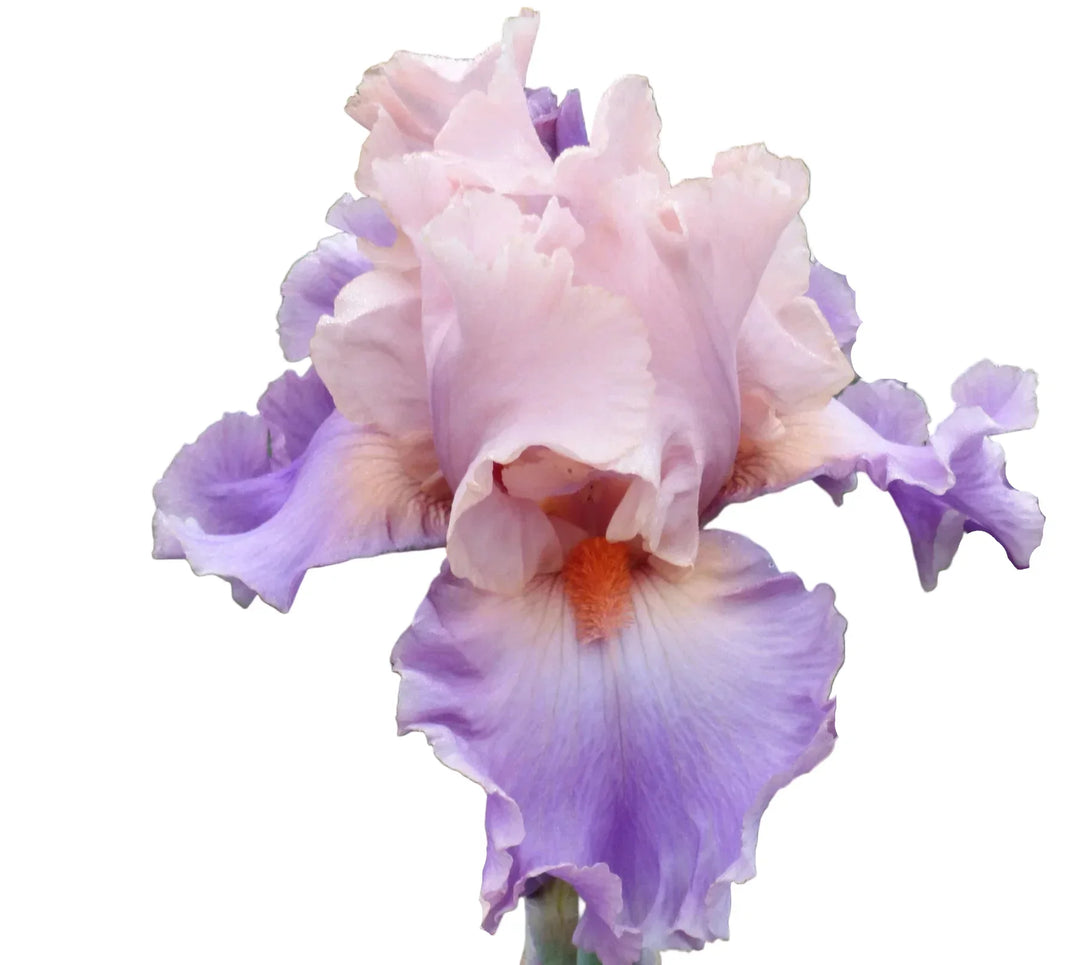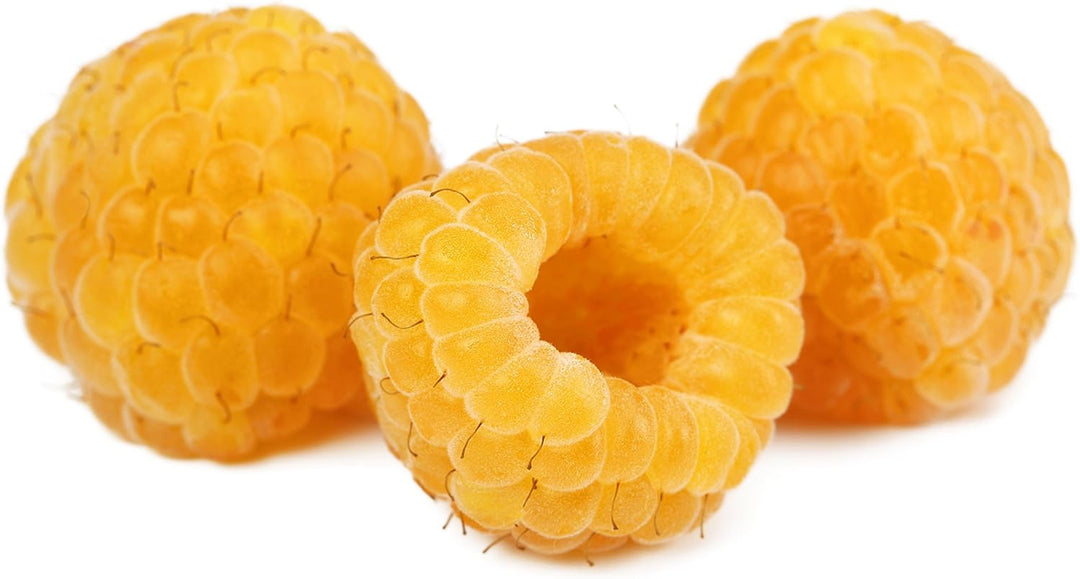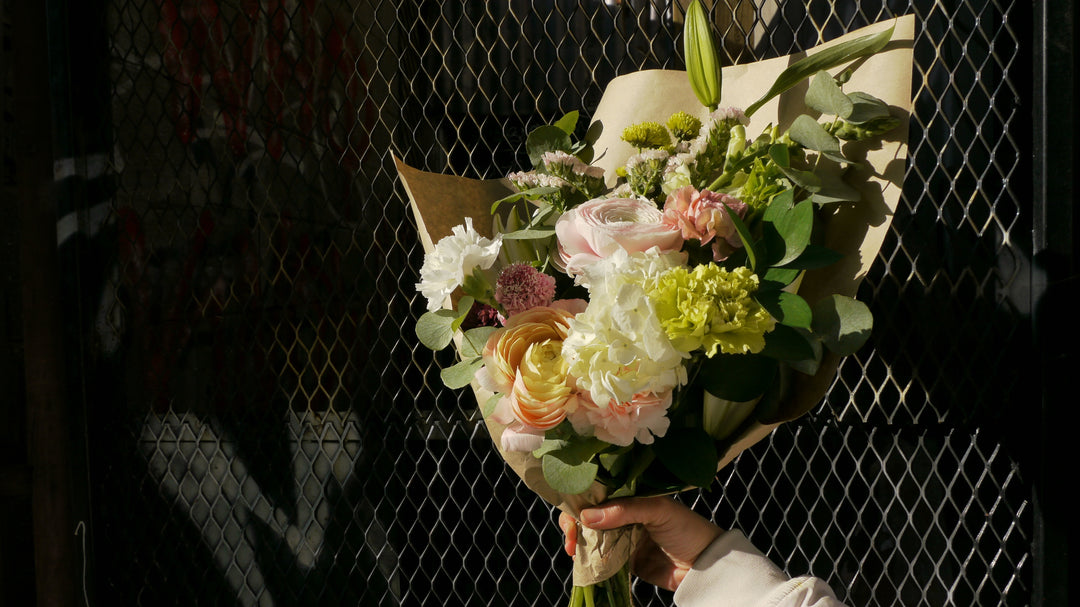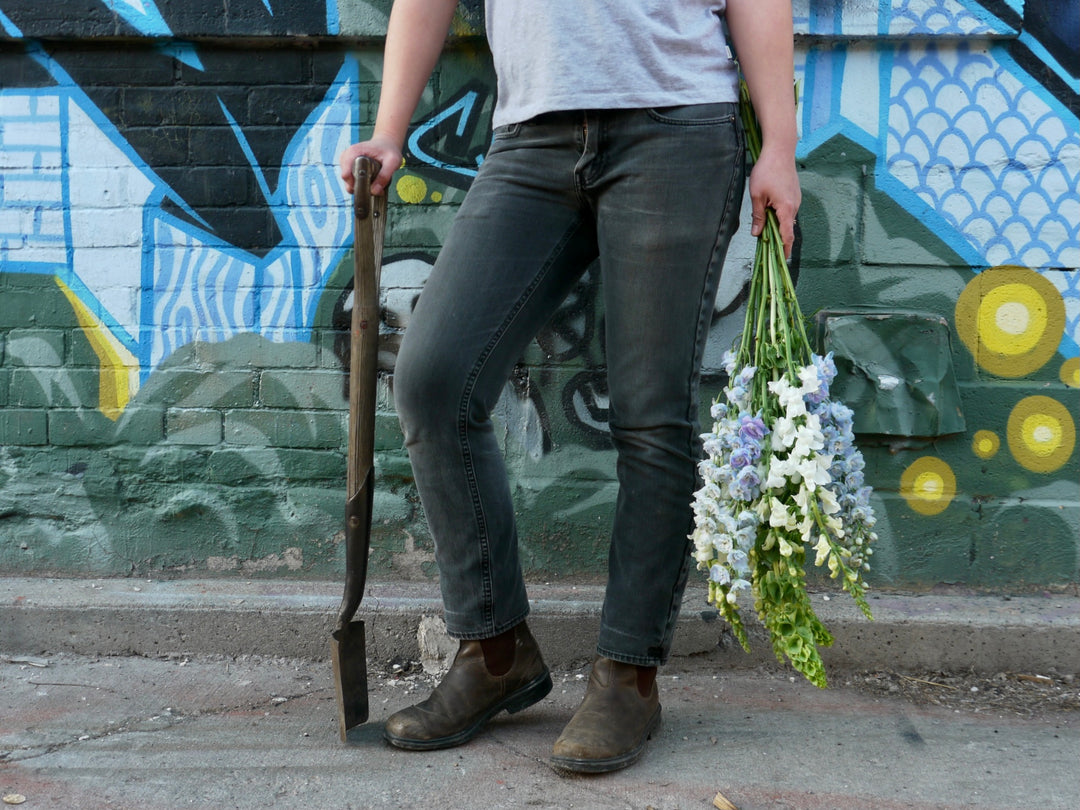How to Plant Dahlias: A Complete Guide for Stunning Blooms
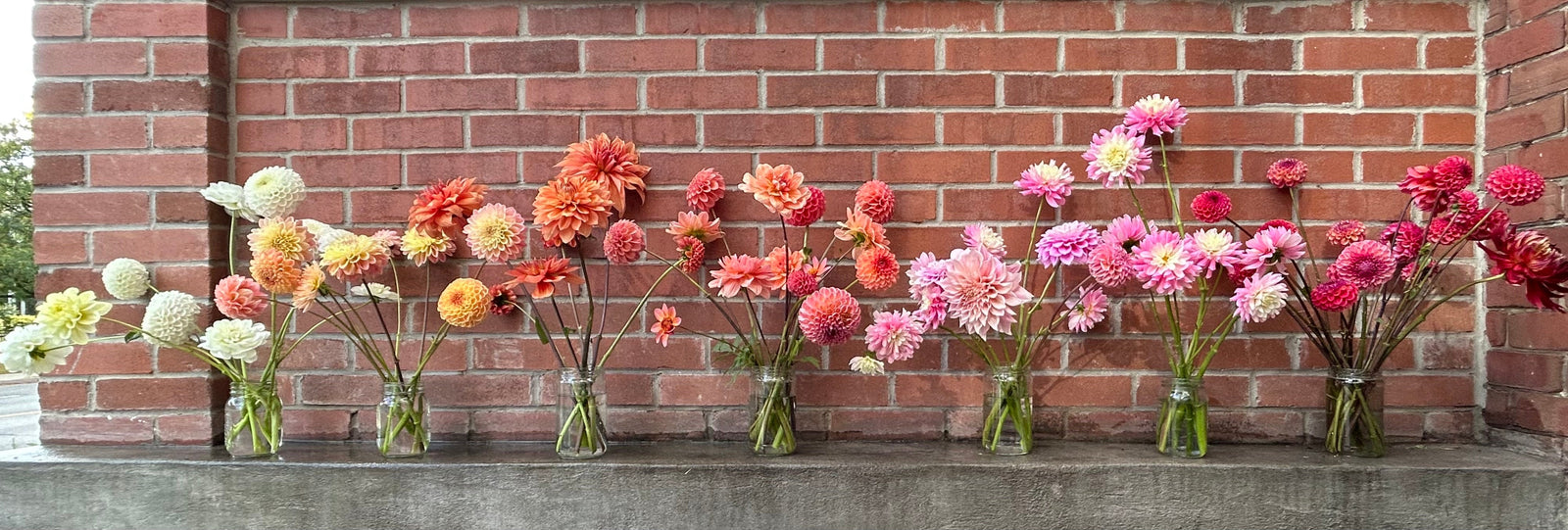
Dahlias are a mountain tree indigenous to modern day Mexico. They were bred and cultivated by different civilizations in the region for their tubers as a source of food and medicine. Although perennial in nature, modern day decorative dahlias are grown as annuals in Canada due to our cold winter temperatures. In the Canadian Plant Hardiness Zone of 5a (also known as Toronto), we plant our dahlias around mid-May and can expect blooms from mid-August until the frost.
-
Choose the planting site. Dahlias need full sun (6 to 8 hours) and good airflow. Choose an area that can accommodate the mature size of these plants (2' to 3' across and 3' to 6' tall).
If your dahlias are destined for a container garden, choose one that’s at least 2' deep and at least 1.5' in diameter.
-
Prepare the soil. Dahlias can thrive in a lot of soil conditions, but you can amend the soil with bone meal, worm castings, and compost for more flowers and healthier tubers.
-
Dig the holes. Dig a hole 4.5" deep and as wide as your tuber. If you are planting many dahlias, you can create a trench with the same dimensions.
-
Plant your dahlias. Dahlia tubers get planted sideways with the eye/sprout pointed up with 4" of soil on top. If your tuber has a sprout, proceed with care, if you knock it off, that’s okay, more sprouts will emerge in the same spot of the crown.
If you are planting a cutting, bury the root and plant as deep as you can, ideally with 3 sets of nodes (where leaves emerge) below the soil line.
-
DO NOT water your dahlia tubers after planting / DO water your dahlia cuttings. Dahlia tubers are prone to rotting, wait until leaves emerge from the soil before watering, this may take 2 to 4 weeks depending on the variety. Water your dahlia cuttings right away, they need to be packed down and hydrated.
Dahlias benefit from regular (every 2 to 3 days) deep watering (30 minutes with a sprinkler) during the leafing stage. Once your plants are established by summer, they will likely require daily watering in the morning or at night. You can taper down your watering routine as the temperatures cool in the fall and the plant slows down.
-
Caring for your dahlias. Wait until the plant has 5 sets of leaves and pinch off (gasp!) the top so only 3 sets of leaves remain; this signals to the dahlia to grow multiple lateral shoots and will multiply the amount of flowers you get. Dahlias get very tall, they benefit from staking before they get too big and begin falling over. Once the plant begins to bud, remove foliage from the bottom 12” to increase air circulation and prevent disease.
-
Enjoy the blooms. Depending on the cultivar, your dahlias should bloom between August and the frost. If you are harvesting cut flowers, wait until the bloom opens ¾ of the way before petals begin to curve to the back. Remove spent flower heads to encourage more blooms. For the best vase life, change your vase water every other day, trim the ends.
- Overwintering your dahlias. You can dig up your dahlia plant after it has been in the ground for at least 120 days; many choose to keep them in the ground until the frost kills the plant. When you are ready, cut down the dahlia at a node between 4" to 8" off the ground and leave them to cure in the ground . After waiting a week, insert a dirt fork about 6" from the stem and gently lift the soil, repeating around the plant before attempting to lift the tuber clump.
Storing dahlia tubers can be difficult even for seasoned growers; they stay dormant but viable between 5 and 7 degrees Celsius at 90% humidity. You can mimic these conditions by leaving the dirt on the dahlia clumps and putting them in a cardboard box with newspaper/wood shavings/vermiculite and putting them in the coolest spot of your basement until next spring.





